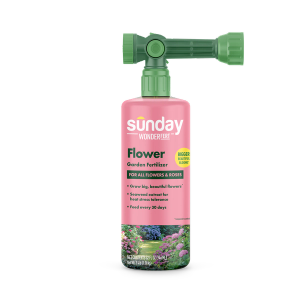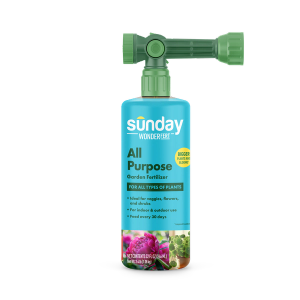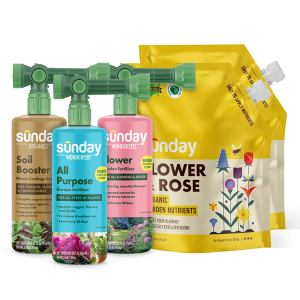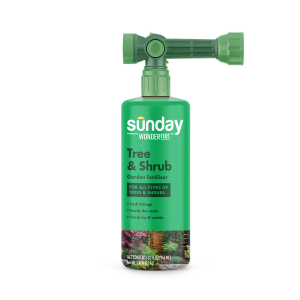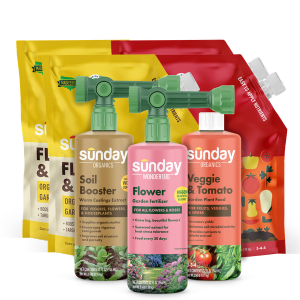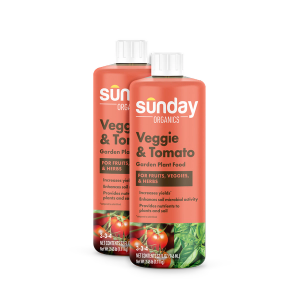You’ve planted your new perennial flowers and grasses—now what? Follow these tips to make sure your new plants thrive in your backyard.
Apply mulch
Adding mulch around your plant is an easy way to prevent weeds and can help maintain even soil moisture and temperatures. We recommend applying 2-4 inches of mulch around the plant base. Cover any bare soil, but don’t crowd the plant. Leave a bit of space around the base of the plant to allow for airflow.
Water regularly
Improper water is the main reason that new plants fail. After planting and applying mulch, water slowly and deeply. Keep soil moist but not saturated for at least three months after planting. Once the plant is established, you can reduce watering to suit your plant’s needs and soil. You’ll need to water more often if your soil is well-draining and less often if it tends to hold water.
Hold the fertilizer
Wait to fertilize your newly planted flowers and grasses for at least 4 - 6 weeks.
Use a stake to support your plant
As plants grow, some can become a little top-heavy (especially flowering plants with large blooms). If your plant needs a little extra support, stake it to provide strength and prevent breakage.
Scout for pests and problems
As they grow, scout your garden regularly for pests. You’ll want to look for insects, weeds, and diseases. We recommend Integrated Pest Management (IPM), a sustainable approach to keeping insects and other infestations at bay, using chemicals only as a last resort.
Sunday Tip:
Want to know more about IPM? Our detailed article on Integrated Pest Management outlines the best ways to prevent and manage common pests.
Prune as needed
Ornamental grasses may benefit from being cut back in the late winter or early spring before new growth begins The general rule of thumb is to cut back 6-12 inches of the previous year’s growth. Flowering plants can be lightly pruned throughout the growing season to increase airflow, prevent disease, and tidy up their appearance. If you notice infected or infested areas on your plant, it is best to prune those areas to avoid the spreading of disease. Sanitize equipment after use to prevent spread to other plants.
Deadheading
“Deadheading” can help many flowering plants to thrive. Removing old flowers encourages flower production throughout the season.
Sunday Tip:
Many flowers produce seeds, a valuable food source for birds in the winter! Leave late-season flower heads to set seed over winter to feed wildlife.
We’re here if you need us
Have a question or concern about your Sunday plant? We’re here to help! Our garden advisors are available by phone, text, chat, or email.
Cited sources
Home Gardening. University of Georgia Extension.
Ornamental Grasses in the Landscape. Utah State University Extension.
Ten Steps to a Successful Garden. University of Illinois Extension.







